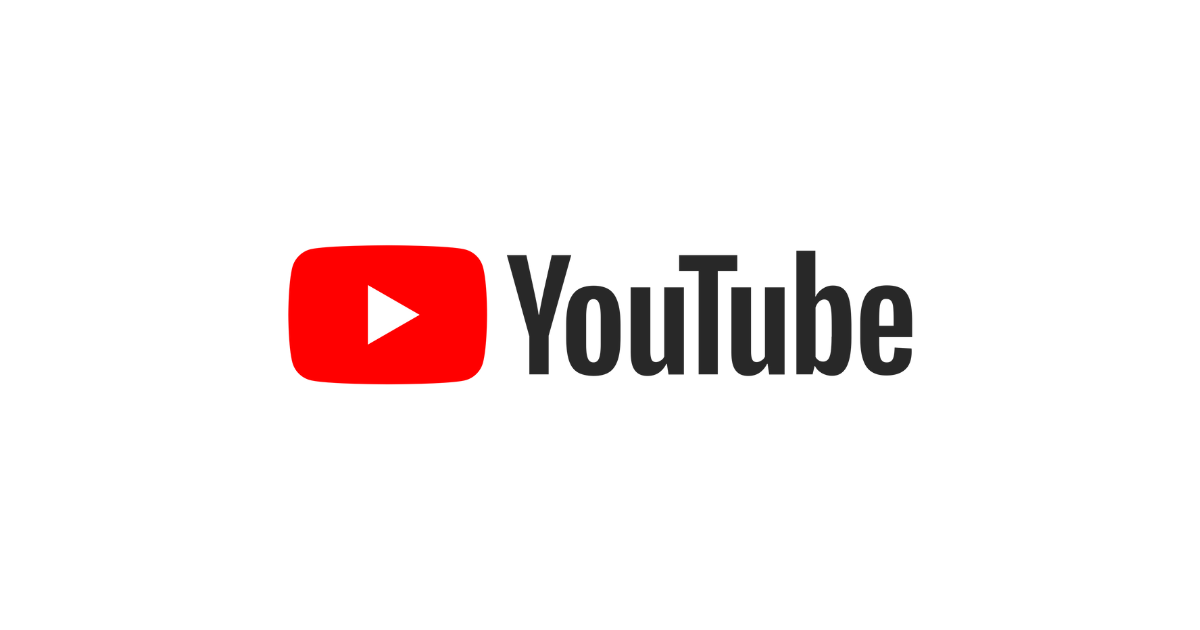YouTube, founded in 2005 by Steve Chen, Chad Hurley, and Jawed Karim, has grown into the world’s leading video-sharing platform. Headquartered in San Bruno, California, YouTube revolutionized digital content consumption, allowing users to upload, share, and monetize videos. Acquired by Google in 2006 for $1.65 billion, it has since expanded into diverse areas such as live streaming, YouTube Shorts, and YouTube Music. With over 2.5 billion monthly active users, it has become a crucial platform for entertainment, education, and marketing. Despite facing challenges like content moderation and regulatory scrutiny, YouTube continues to thrive through innovations in AI-driven recommendations, creator monetization, and advertising solutions. Competing with platforms like TikTok, Netflix, and Instagram, YouTube remains a dominant force in the digital era, shaping how the world consumes video content.
Company Information
Company Name: YouTube
Founder Names: Steve Chen, Chad Hurley, and Jawed Karim.
Founded Year: 2005.
Headquarters: San Bruno, California.
Products
- YouTube Website & Mobile App
- YouTube Shorts
- YouTube Premium
- YouTube Music
- YouTube Kids
- YouTube Studio
- YouTube TV
Services
- Video Uploading & Streaming
- Content Monetization (YouTube Partner Program)
- Live Streaming
- Advertising (YouTube Ads)
- Subscription-based Services (YouTube Premium, YouTube Music)
- Community Engagement Features (Comments, Likes, Shares)
- Analytics & Content Management (YouTube Studio)
Competitors
- Vimeo
- Dailymotion
- Facebook Watch
- TikTok
- Instagram Reels
- Twitch
- Netflix (for long-form content)
- Amazon Prime Video
- Hulu
- Rumble
Company History & Growth
1. The Inception (2005-2006)
- Founded by three former PayPal employees—Steve Chen, Chad Hurley, and Jawed Karim.
- The first-ever video, “Me at the zoo,” was uploaded by Jawed Karim in April 2005.
- YouTube gained popularity due to its ease of use and viral video-sharing capabilities.
2. Acquisition by Google (2006-2007)
- Google acquired YouTube for $1.65 billion in stock in November 2006.
- The acquisition helped YouTube scale its infrastructure and expand globally.
- Google introduced AdSense-based monetization, making YouTube profitable.
3. Expansion and Innovation (2008-2012)
- Launched HD video support and Live Streaming features.
- YouTube became available on smartphones, contributing to its widespread adoption.
- Introduced the YouTube Partner Program, allowing content creators to earn revenue.
- Introduced YouTube Kids to provide child-friendly content.
4. Rise of Influencers & Monetization (2013-2017)
- The rise of YouTube influencers and vloggers made YouTube a career platform.
- Introduction of YouTube Red (now YouTube Premium) for an ad-free experience.
- Live streaming expanded to gaming, music concerts, and events.
5. Dominance & Competition (2018-Present)
- Launched YouTube Shorts in response to TikTok.
- Enhanced AI-based recommendations and search capabilities.
- Surpassed 2 billion logged-in monthly users, making it the largest video platform globally.
Challenges & Lessons
- Content Moderation: Managing inappropriate content while maintaining free speech.
- Copyright Issues: Ensuring fair use and preventing piracy.
- Monetization Concerns: Frequent policy changes affecting creators’ earnings.
- Rising Competition: Facing challenges from TikTok, Instagram Reels, and streaming services.
- Misinformation & Fake News: Implementing AI tools to curb misinformation.
- User Privacy: Addressing concerns related to data privacy and personalized ads.
Innovations
- YouTube Shorts – Competing with short-form content platforms.
- YouTube Music & Premium – Expanding into the paid subscription model.
- AI-Based Recommendations – Improving personalized content discovery.
- YouTube TV – Offering live TV streaming services.
- 360-Degree & VR Videos – Bringing immersive experiences to viewers.
- Super Chats & Memberships – Allowing creators to earn through fan engagement.
Achievements & Milestones
- 2006: Acquired by Google for $1.65 billion.
- 2009: First video to reach 1 billion views (Gangnam Style by Psy).
- 2012: Crossed 1 billion monthly users.
- 2015: Launched YouTube Red (Now YouTube Premium).
- 2019: Surpassed 2 billion logged-in users per month.
- 2021: Launched YouTube Shorts globally.
- 2023: Crossed 5 billion app downloads on Android.
Recognitions & Awards
- 2006: Time Magazine’s “Best Invention of the Year.”
- 2013: Peabody Award for outstanding digital media contribution.
- 2015: Webby Award for Best Video Platform.
- 2018: Ranked among the world’s most valuable brands by Forbes.
- 2020: YouTube’s CEO featured in Time’s 100 Most Influential People.
Recap of YouTube’s Success Story
YouTube’s journey from a simple video-sharing platform to the world’s largest video-streaming service is nothing short of phenomenal. Acquired by Google in 2006, YouTube has grown into a massive ecosystem catering to billions of users worldwide. It revolutionized content creation by enabling individuals to build careers through video content. YouTube’s introduction of monetization, live streaming, and AI-driven recommendations has continuously adapted to market trends, keeping it ahead of competitors. Its expansion into music, short-form videos, and live TV demonstrates its ability to evolve. Today, YouTube is a global powerhouse, shaping the digital media landscape and setting the standard for video platforms worldwide.
What Entrepreneurs Can Learn from YouTube’s Success Story
- Innovation is Key: YouTube continuously adapts to changing digital trends, ensuring long-term relevance.
- Scalability Matters: Google’s acquisition provided the infrastructure necessary for YouTube’s massive growth.
- Monetization Strategies Are Crucial: By introducing ad revenue sharing, YouTube created an entirely new economy for content creators.
- User-Centric Approach Wins: AI-driven recommendations keep users engaged and on the platform longer.
- Adaptability Ensures Survival: By embracing mobile streaming, YouTube stayed relevant amid shifting consumer behaviors.
- Competition is an Opportunity: YouTube turned challenges from TikTok and Netflix into new business opportunities.
- Trust & Compliance: Managing copyright laws and content moderation strengthened YouTube’s credibility.
- Community Engagement Matters: Features like Super Chats and Memberships help creators connect with audiences better.



